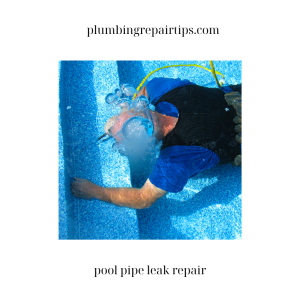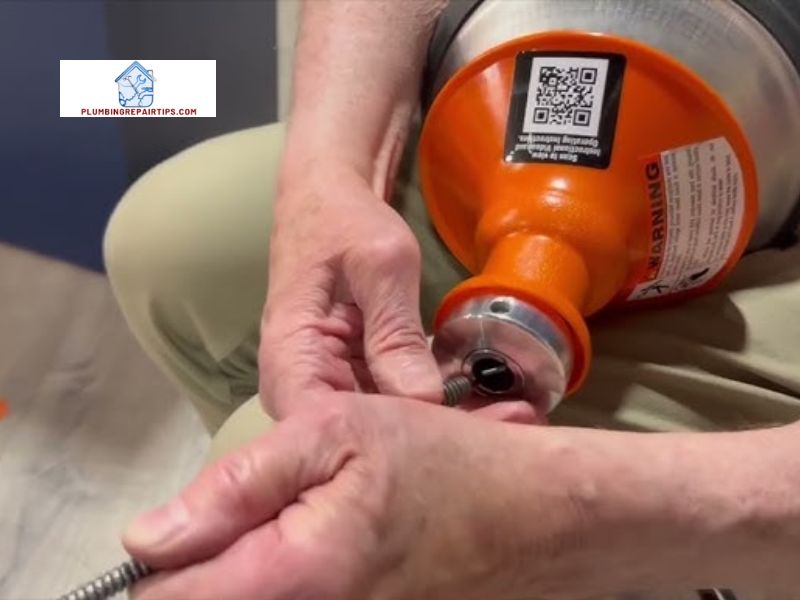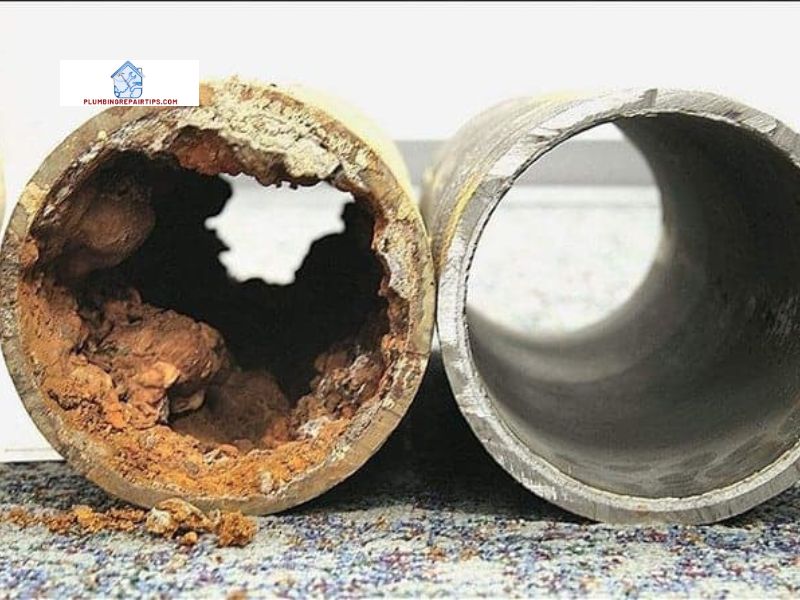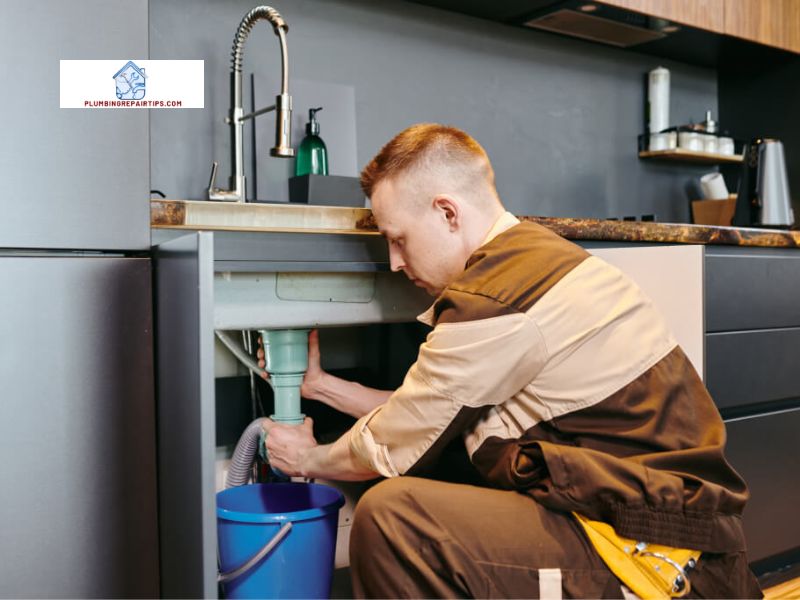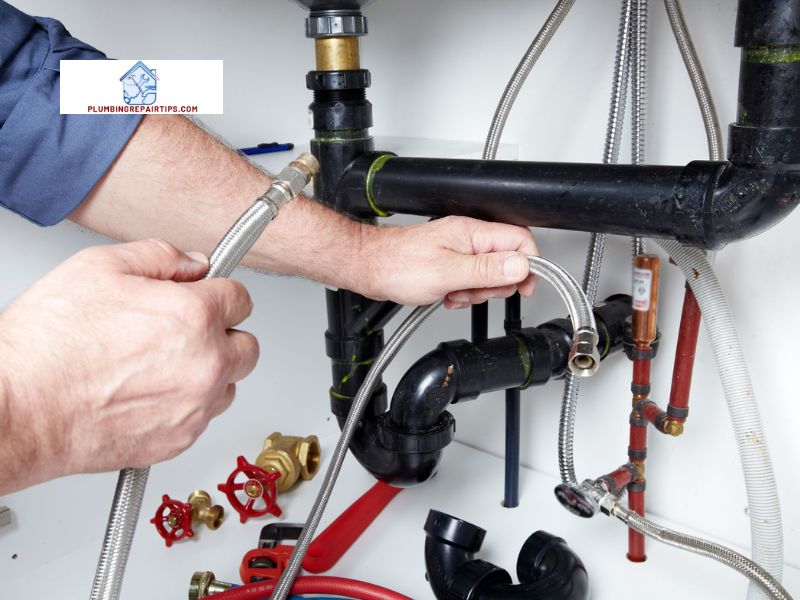Introduction

When it comes to household inconveniences, a frozen sewer line ranks high on the list of nightmares. Picture this: it’s a freezing winter morning, and you’re all ready to start your day, only to find that your sewer line is frozen solid. What a headache! But fear not, my friend, for I am here to guide you through this icy ordeal. In this article, we will delve into the world of frozen sewer lines, understanding their causes, recognizing the signs, and exploring preventive measures. Let’s embark on this journey together, shall we?
Definition and Importance of a Frozen Sewer Line
A frozen sewer line occurs when the frigid temperatures of winter cause the contents of your sewer system to freeze within the pipes. This can lead to a complete blockage, making it impossible for wastewater to flow freely. The consequences are far from pleasant, ranging from foul odors and backed-up drains to potential damage to your plumbing system. But why is it so crucial to address a frozen sewer line promptly?
Imagine your sewer line as the lifeline of your home’s plumbing system, responsible for carrying away waste and keeping things running smoothly. When it succumbs to freezing temperatures, it disrupts this crucial function, creating a domino effect of issues that can wreak havoc on your daily routine. Now, nobody wants to deal with overflowing toilets or a foul-smelling home, right? That’s why understanding the causes and signs of a frozen sewer line is essential. So, let’s dive deeper into these aspects and equip ourselves with the knowledge needed to tackle this icy nuisance head-on.
Understanding Frozen Sewer Lines

How Freezing Temperatures Affect Sewer Lines
When winter’s icy grip tightens, it poses a risk to your sewer lines. The low temperatures cause the water inside the pipes to freeze, leading to blockages and restricted flow. As the frozen water expands, it exerts pressure on the pipe walls, increasing the likelihood of cracks or even bursts. This can result in costly repairs and extensive damage to your plumbing system.
Factors that Contribute to the Freezing of Sewer Lines
Several factors can contribute to the freezing of sewer lines. One primary factor is inadequate insulation. If your sewer pipes lack proper insulation or are exposed to freezing temperatures, they become vulnerable to freezing.
Additionally, the location of your sewer lines plays a significant role. Pipes that are located in unheated areas such as basements, crawl spaces, or exterior walls are more susceptible to freezing. Poorly insulated areas or those with inadequate heating can intensify the risk of frozen sewer lines.
Potential Consequences of a Frozen Sewer Line if Left Untreated
Ignoring a frozen sewer line can lead to a host of unpleasant consequences. Firstly, the blockage can cause wastewater to back up into your home, resulting in foul odors and unsanitary conditions. The sewage backup can also damage your property, leaving you with costly repairs and additional headaches.
Moreover, the pressure buildup caused by the frozen blockage can lead to pipe cracks or bursts. This can further escalate the damage and necessitate extensive repairs or even a complete replacement of the affected pipes.
Recognizing the potential consequences of a frozen sewer line highlights the urgency of addressing the issue promptly. In the next section, we will explore preventive measures that can help you avoid the nightmare of a frozen sewer line. Stay tuned!
Preventive Measures for Frozen Sewer Lines
Nobody wants to wake up to a frozen sewer line surprise. Luckily, there are several preventive measures you can take to minimize the risk of this icy nightmare. By implementing these proactive steps, you can keep your sewer line flowing smoothly even in the coldest of winters.
Insulating Sewer Pipes to Prevent Freezing
One effective measure to prevent your sewer pipes from freezing is insulation. Just like we bundle up in warm clothes during winter, insulating your sewer pipes provides an extra layer of protection against the freezing temperatures. You can find pipe insulation sleeves or wraps at your local hardware store. These materials are typically made of foam or fiberglass and can be easily installed around the exposed pipes. By preventing the cold air from reaching the pipes directly, you significantly reduce the chances of them freezing.
Proper Drainage and Maintenance Practices
Maintaining proper drainage and adopting good maintenance practices can also help prevent frozen sewer lines. Avoid pouring grease, oil, or other substances down the drain, as they can solidify and contribute to pipe blockages. Additionally, ensure that your sewer lines are clear of debris and tree roots that may cause obstructions. Regularly flushing your drains with hot water can also help prevent any buildup or clogs that could lead to freezing.
Using Heat Tapes or Cables for Added Protection Against Freezing
For added protection against freezing, consider installing heat tapes or cables on your sewer pipes. These devices are designed to generate heat and keep the pipes warm, preventing ice formation. Heat tapes can be wrapped around the pipes and plugged into an electrical outlet. They automatically turn on when the temperature drops, providing a constant source of heat to keep the pipes thawed. However, it’s important to follow the manufacturer’s instructions and safety guidelines when using heat tapes to avoid any potential hazards.
By insulating your sewer pipes, practicing proper drainage and maintenance, and utilizing heat tapes or cables, you can significantly reduce the risk of a frozen sewer line. Prevention is the key to avoiding the frustration and inconvenience that comes with a blocked sewer line. So, take these preventive measures and ensure your sewer line remains free-flowing, even in the harshest winter conditions.
Thawing a Frozen Sewer Line
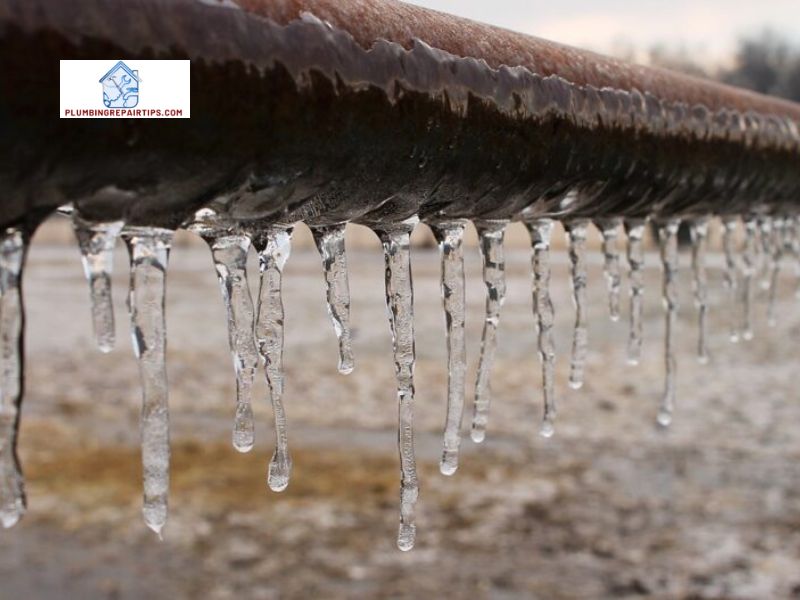
Dealing with a frozen sewer line can be a daunting task, but fear not, as there are effective methods to thaw it out and restore the flow of wastewater. Here, I will walk you through some tried and true techniques to help you tackle this icy predicament.
Methods for Thawing a Frozen Sewer Line
- Hot Water Technique: One of the simplest and safest methods to thaw a frozen sewer line is by pouring hot water down the affected drain. Start by boiling water and carefully pouring it into the drain in small increments. Allow the hot water to work its magic, gradually melting the ice and restoring the flow. Repeat this process as needed until the blockage is cleared.
- Heat Tape or Cables: Heat tape or cables can be a valuable tool in thawing a frozen sewer line. Wrap the heat tape or cables around the frozen pipe, ensuring even coverage. These specialized heating elements generate heat, which gradually thaws the ice and allows for the resumption of wastewater flow. It’s important to follow the manufacturer’s instructions and exercise caution when using heat tape or cables.
Safety Precautions to Consider During the Thawing Process
While thawing a frozen sewer line, it’s crucial to prioritize safety. Here are a few precautions to keep in mind:
- Protective Gear: Wear appropriate protective gear, such as gloves and safety goggles, to shield yourself from potential splashes or spills.
- Avoid Open Flames: Never attempt to thaw a frozen sewer line using open flames, as this can pose a fire hazard and damage your pipes.
- Ventilation: Ensure proper ventilation in the area where you are thawing the sewer line to prevent the buildup of harmful fumes.
When to Seek Professional Assistance for Thawing a Frozen Sewer Line
While some DIY methods can effectively thaw a frozen sewer line, certain situations may require professional assistance. Consider contacting a licensed plumber in the following scenarios:
- Multiple Blockages: If you’re experiencing multiple blockages throughout your plumbing system, it could indicate a more significant issue that requires professional expertise.
- Repeated Freezing: If your sewer line keeps freezing despite your efforts to thaw it, there may be underlying problems that need to be addressed by a professional.
Remember, your safety and the well-being of your plumbing system should always be top priority. If you’re unsure or uncomfortable with the thawing process, it’s wise to reach out to a professional plumber who can provide expert guidance and assistance.
Conclusion
In conclusion, a frozen sewer line is undoubtedly a plumbing nightmare that no one wants to experience. However, armed with the knowledge we’ve gained, we can tackle this icy challenge head-on. We’ve explored the causes and signs of a frozen sewer line, understanding the importance of promptly addressing the issue. Remember, prevention is key, so taking preventive measures like insulating sewer pipes and practicing proper drainage maintenance can go a long way in avoiding this inconvenience.
When faced with a fully blocked frozen sewer line, it’s crucial to take immediate action. Begin by following the necessary steps to address the issue, but keep in mind that these are temporary solutions until professional help arrives. Don’t let the situation linger, as prompt attention can prevent further damage and costly repairs.
At plumbingrepairtips.com, we strive to provide you with the most up-to-date information and solutions to common plumbing issues. Remember, taking care of your sewer line is taking care of your home’s plumbing system as a whole. So, stay vigilant, be proactive, and don’t let a frozen sewer line freeze your daily routine. Reach out to a professional plumber for assistance and ensure that your home is free from the clutches of a frozen sewer line.
Thank you for joining me on this journey to unravel the mysteries of frozen sewer lines. Until next time, stay warm and keep your pipes flowing smoothly!
Bold: plumbingrepairtips.com
